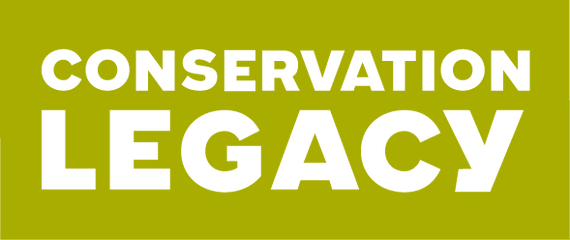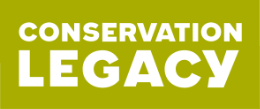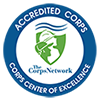AmeriCorps Publishes Study Showing Significant Return on Investment in Ancestral Lands Conservation Corps
AmeriCorps, the federal agency for national service and volunteerism, released a study analyzing the return on investment of Ancestral Lands Conservation Corps, a program in Albuquerque, New Mexico. The study found that for each dollar invested in the Ancestral Lands Conservation Corps, up to $15.32 was returned to the community.
The Ancestral Lands Conservation Corps supports communities and conserves natural resources alongside Native Nations partners. Members serve in crews that are based out of offices in Acoma Pueblo, Navajo Nation, Zuni Pueblo, Hopi-Kykotsmovi, and Albuquerque. These crews are deployed to preserve historic sites, conduct trail maintenance, restore natural habitats, and assess the health of forests and rangeland. These activities help to mitigate wildfires, expand access to key resources, and preserve sites of cultural and historical significance.
The Ancestral Lands Conservation Corps’ full range of activities incorporate indigenous knowledge and practices. This aspect of the organization’s programming reinforces the cultural heritage of not only Ancestral Lands Conservation Corps members, but also the local communities where they work. AmeriCorps commissioned a return on investment study by ICF, an independent research organization. This study analyzed how much value each dollar invested in Ancestral Lands Conservation Corps returned to the community. The results of the study showed high returns, especially in the long-term, for both federal dollars ($15.32 returned to the community for each federal dollar invested) and funder dollars ($12 returned to the community for each dollar invested).
This study adds to a growing body of evidence that supports how national service programs offer taxpayers long-term economic returns. Enterprise studies over time have calculated positive returns on AmeriCorps’ investment across the nation, with a recent study calculating a $17.30 return for each federal dollar spent on AmeriCorps programming.
“This study provides strong evidence that the Ancestral Lands Conservation Corps program model offers taxpayers an excellent return on their federal investment,” said Dr. Mary Hyde, Director, AmeriCorps Office of Research and Evaluation. “Ancestral Lands Conservation Corps marshals federal and private resources to reduce the need for emergency spending on
wildfires, strengthen local agricultural systems, and improve economic outcomes for young people. This study adds to a growing body of evidence supporting that national service provides both social and monetary benefits.”
The main drivers of the high return on investment were:
· Reduction in wildfire-related costs
· Increased benefits from ecosystems for invasive species
· Benefits from trail maintenance creation
· Educational attainment outcomes of AmeriCorps members
· Employment outcomes of AmeriCorps members
Through service terms with Ancestral Lands Conservation Corps, AmeriCorps members drive economic activity by ensuring recreational spaces are maintained, and they reduce the need for government disaster relief spending by protecting lands and neighborhoods from potential wildfires. Meanwhile, they invest in their own future economic stability and ability to participate in the local economy, by gaining professional experience and key skills to earn long-term careers.
Importantly, their work to preserve cultural sites strengthens a sense of belonging in the community and cultural ties to Native Nations, which, according to a growing body of evidence, improves mental health and active participation in social and civic life. Ancestral Lands Conservation Corps is one of many AmeriCorps programs that directly partner with Native Nations, honoring the agency’s commitment to advancing the federal trust responsibility.
“Ancestral Lands Conservation Corps works with tribal nations, federal, state, and local government agencies, local non-profits, colleges and universities, and other partners to provide workforce development training and complete critical natural and cultural resource projects that protect the environment and communities,” said Chas Robles, Executive Director, Ancestral Lands Conservation Corps. “We have served over 2,000 Native American youth and young adults since we were created in 2008. The work we do is powerful and prepares our participants for success through connecting them to careers in land management while also reconnecting them to culturally significant and sacred places.”
For more information on this study, other return on investment studies, and more evidence related to the effectiveness of national service, visit the AmeriCorps Office of Research and Evaluation’s Evidence Exchange.
###
AmeriCorps, the federal agency for national service and volunteerism, provides opportunities for Americans to serve their country domestically, address the nation’s most pressing challenges, improve lives and communities and strengthen civic engagement. Each year, the agency places more than 200,000 AmeriCorps members and AmeriCorps Seniors volunteers in intensive service roles; and empowers millions more to serve as long-term, short-term or one-time volunteers. Learn more at AmeriCorps.gov.
AmeriCorps offers opportunities for individuals of all backgrounds to be a part of the national service community, grow personally and professionally and receive benefits for their service. AmeriCorps.gov/serve.



